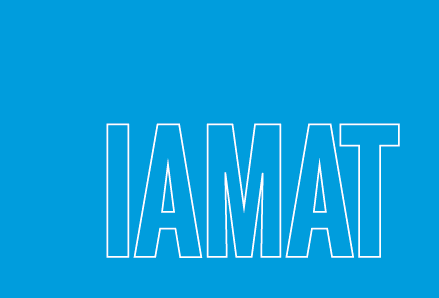Are you planning a trip to the jungles of South America or doing extended hiking and camping in Central America? You may be at risk of Chagas’ Disease.
Transmitted by the Triatoma insect, which typically bites its victims on the face at night, the Trypanosoma cruzi parasite enters your bloodstream and affects organ tissues, most commonly the heart.
Found in forest ecosystems and poorly built homes, including huts and cabins, the Triatoma insect is commonly known as ‘vinchuca’ in Spanish or ‘barbeiro’ in Portuguese. In North America, we know it as the ‘assassin bug’ or ‘conenose bug’, but here it does not carry the disease.
According to the World Health Organization (WHO), Chagas’ Disease affects between 16-18 million people. The disease largely spreads with the rise of migration to urban and suburban populations and increasing deforestation. Many countries in the region now have active health education and eradication programs (Chile and Uruguay have been declared free of Chagas’ Disease. Although the Triatoma insect is still present in these two countries there is no evidence that the insect is continuing to transmit the parasite.)
Approximately 10% of persons infected with Chagas’ Disease experience an acute phase, but for most it is a silent infection showing up many years later often mimicking chronic heart conditions, or as gastrointestinal complications.
If you are staying in low standard accommodations, use a bed net to protect yourself (IAMAT sells LaMosquette, a light, free-standing – no ceiling hooks required, permethrin treated bed net).
UPDATE: The LaMosquette bed net is no longer available. If you are looking to purchase a mosquito bed net, please contact us for a list of bed nets sold by travel and outdoor retailers.
Make sure you thoroughly check the room (behind picture frames, along baseboards, and in furniture cupboards) for any evidence of the insect. You may also want to spray the room with insecticide.
For more information about the best prevention methods as well as the transmission patterns and geographical distribution of Chagas’ Disease, see Be Alert to Chagas’ Disease.



